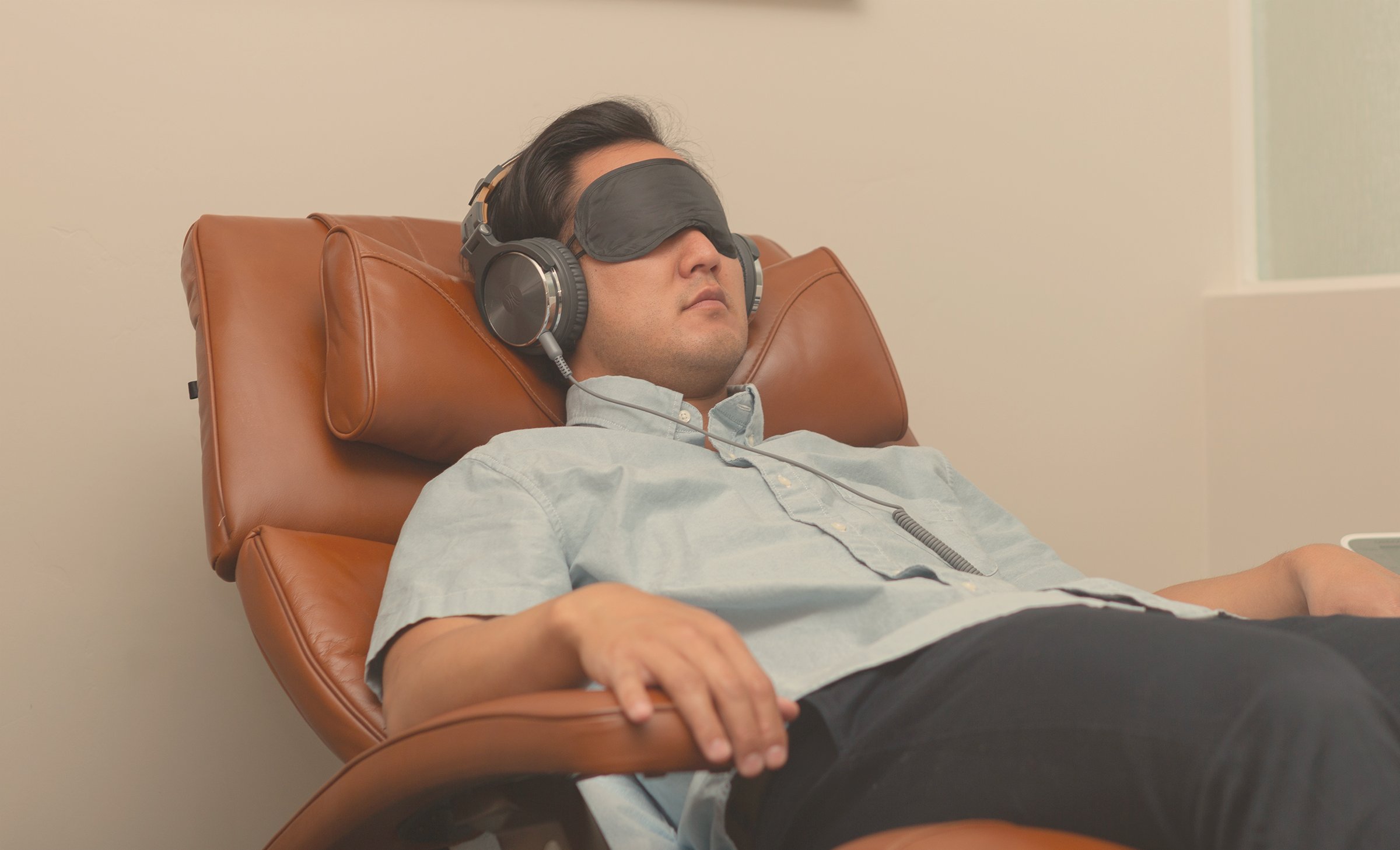What is Ketamine Assisted Psychotherapy?
Ketamine therapy uses low doses of ketamine, a dissociative anesthetic medication, to manage various mental health conditions such as treatment-resistant depression, anxiety disorders, and PTSD. While ketamine is FDA-approved at high doses for anesthesia, lower "sub-anesthetic" doses are used off-label to treat depression, pain, and other mental health or substance use disorders. With rising rates of depression, various medications targeting neurochemical imbalances at specific brain receptors (e.g., serotonin, dopamine, mu opioid) are available, but ketamine offers a unique and effective alternative for those conditions.

How long does a Ketamine treatment last?
Recent studies have shown that infusing a very low dose of ketamine over one hour can have dramatic positive effects on clinical depression, particularly in reducing suicidal feelings and in cases resistant to standard treatments. The results often show an immediate improvement in depression, occurring within hours. The relief from a single infusion can last from a few hours to several weeks, with most patients typically experiencing one to two weeks of relief. However, most patients see a return of depressive symptoms after this period. Ongoing research aims to extend ketamine's antidepressant effects through multiple infusions (twice a week) and to study its long-term safety and efficacy.
Effects of Ketamine
Using a psychedelic-assisted therapy model with ketamine creates a short-lived but intense subjective experience, often described as a mystical or peak experience. This experience triggers an afterglow effect, leading to positive changes in affect, insight, motivation, cognition, and behavior. The potential for such experiences to produce rapid, profound, and sustained improvements in mood, behavior, and consciousness has been recognized and utilized by indigenous cultures in shamanic healing rituals. Psychedelic-assisted therapies for behavioral health disorders were extensively and safely studied in around 40,000 patients in North America during the 1950s and 1960s. Patients with conditions such as depression, anxiety, PTSD, end-of-life distress, chronic pain, and substance use disorders may be eligible for psychedelic-assisted therapy with ketamine.
How does Ketamine treatment work?
Ketamine infusions are typically administered twice a week, for up to six treatments, though this schedule may vary based on individual needs and responses. On the day of treatment, patients must avoid food for eight hours prior, and abstain from gum, candy, and smoking for six hours prior. Water is allowed up to four hours before the treatment. Upon arrival, a low dose of ketamine is infused through an IV over 40 minutes, during which the patient is continually monitored by a nurse and a doctor. Patients can usually go home within 20-30 minutes after the infusion, but they must arrange for a driver and preferably have someone stay with them for the rest of the day.
Side effects from Ketamine
During the infusion, you may experience an altered mental state, though you will remain alert and able to talk. Some patients have reported blurred vision, slurred speech, mental confusion, nausea, and vomiting. You will return to a normal mental state quickly once the infusion is complete.
On the day of treatment, do not drive, operate machinery, care for others, or sign important documents. It is mandatory to arrange for a driver to take you home, and it is preferable to have someone stay with you for the remainder of the day.
Cost of Ketamine treatments
Currently, ketamine infusions are not covered by insurance. We offer these treatments on a self-pay basis, with payment required before each infusion. Our goal is to provide transparent and straightforward pricing for all patients. If you have any questions or need more detailed information about the cost and financial responsibilities, please contact our office. We are here to help and ensure you have all the information you need.

